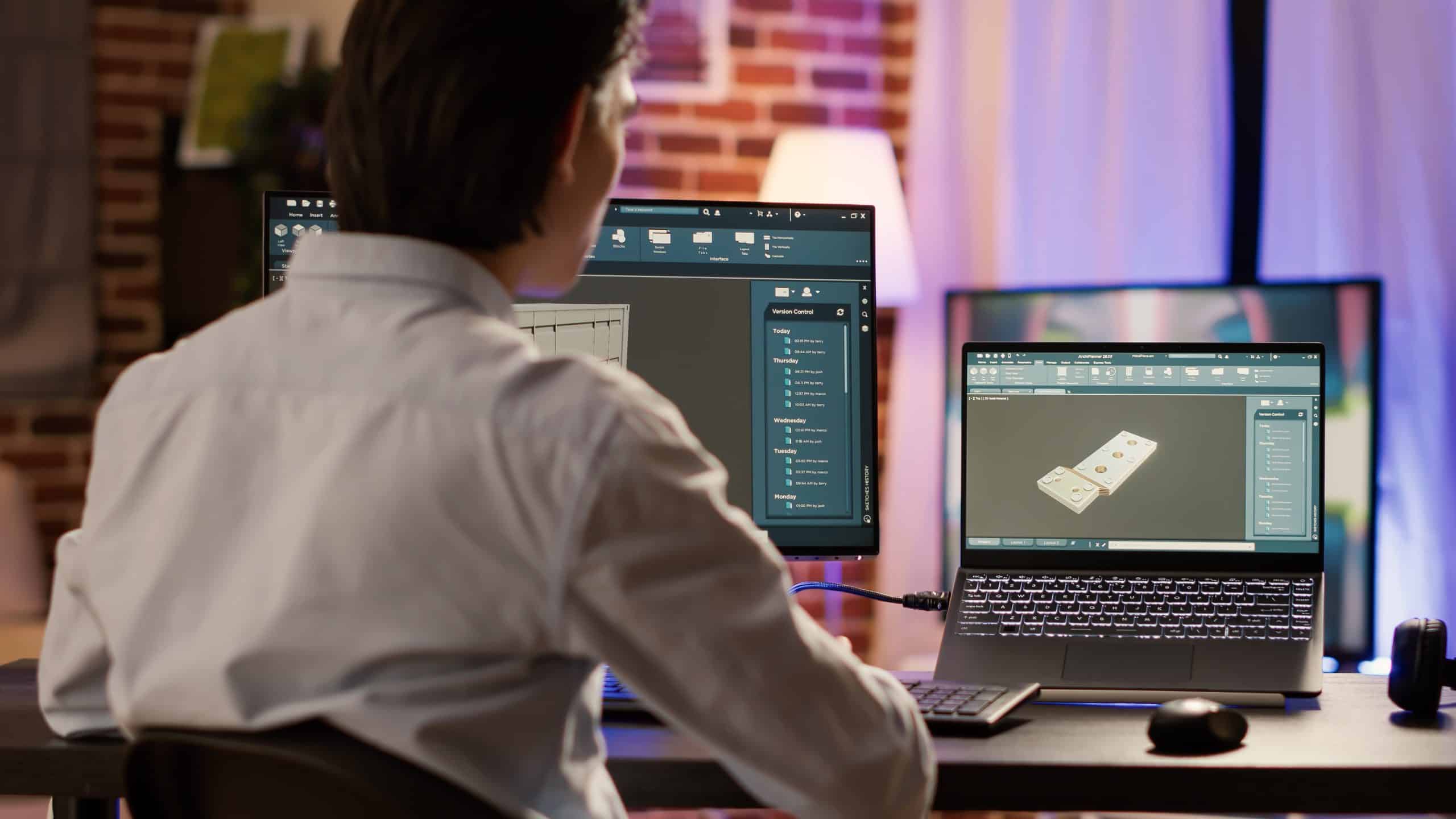Did you know you can use a computer to create a digital representation of a product? This process is known as a 3D product modelling service and is quite convenient. The usage of this technology can be seen across tons of industries like manufacturing and product design, engineering, and architecture. How does it help? It ensures you can get the most accurate visualization of the entire product and make sense of the intricate details. We have tried to discuss some of the most important factors of this process:
Software
Usually, there are multiple software choices available, and these include Autodesk Fusion 360, SketchUp, Blender and SolidWorks. All these are quite good options for 3D product modelling software. Why so? They allow the designers to incorporate all the promising components of 3D product modelling like dimensions, materials and even textures.
Benefits
The benefits of it are also quite far-reaching for manufacturers, designers, and engineers. Why? It saves you a lot of time for prototypes and also gives you more accurate options. This is probably one of the most efficient ways of making a design with high levels of precision.
Process
The process of creating a 3D model is usually complex. The first thing you need to do is create a 3D photo that should come from the 2D drawing or photograph of the model. Then the model goes through many revisions to ensure there is no error and one can produce the ultimate precise representation.
Applications
You will be able to use the 3D model very easily across different platforms. These include architecture, product design, engineering and sometimes even manufacturing. Sometimes they can be used for virtual testing as well as simulations. You can also use them for visualisation and creating a prototype of products!
Output
And finally, we come to the output of the product modelling. You can use it for many instances like 2D drawing, creating 3D printing as well as photorealistic rendering that you can use for marketing and advertising purposes.
Creating a three-dimensional representation of a physical product and that too digitally is known as a 3D product modelling service. The idea is very simple – you take a 2D product and convert it into a 3D project. This can be used for different instances like visualization, design, manufacturing, prototypes, and marketing.
Usually, you need to use computer-aided design software to create these models. The designer must incorporate dimensions, textures, and materials to create the virtual model. One can actually visualise the model from any angle. Then it has to go through different revisions until you can finally adjust it and make it the best version of the physical image of the product.
When you use this method, it is a given that you will be able to make use of it across various instances. This includes product design, engineering, architecture and manufacturing too. You can use it for photorealistic rendering, marketing, and rendering requirements.
3D Product Modeling Service for industries
A 3D Product Modeling Service for industries involves creating three-dimensional digital representations of physical objects or products using specialized software and techniques. This service is particularly beneficial for various industries, including manufacturing, architecture, interior design, e-commerce, advertising, gaming, and more. Here’s an overview of what this service entails and its potential benefits:
Service Overview: A 3D Product Modeling Service offers the following key features:
- Accurate Representation: Skilled 3D modelers create accurate and detailed digital models of physical products, capturing their shape, texture, color, and other intricate details.
- Customization: The service can be tailored to meet the specific needs and requirements of each industry. Models can be created from scratch or based on existing designs, blueprints, or photographs.
- Prototyping and Visualization: 3D models help visualize products during the design and development stages, allowing businesses to identify potential design flaws, make improvements, and iterate quickly.
- Marketing and Advertising: 3D models are valuable for creating high-quality visual content for marketing materials, presentations, and advertisements. They can be used to showcase products from various angles, highlight features, and demonstrate functionality.
- Virtual Reality (VR) and Augmented Reality (AR): 3D models can be integrated into VR and AR experiences, allowing potential clients to interact with products virtually and make informed decisions.
- Reduced Costs and Time: Creating physical prototypes can be time-consuming and expensive. 3D modeling reduces the need for physical prototyping, saving time and resources.
- Global Collaboration: 3D models can be easily shared and accessed online, facilitating collaboration among teams located in different geographic locations.
Benefits for Industries:
- Manufacturing: 3D models assist in designing, prototyping, and testing products before manufacturing, reducing errors and ensuring efficient production processes.
- Architecture and Interior Design: Architects and designers can use 3D models to visualize and present building designs and interior spaces to clients, helping them make informed decisions.
- E-commerce: High-quality 3D product visuals enhance online shopping experiences by providing customers with a realistic representation of products, potentially leading to increased sales.
- Advertising and Media: 3D models are valuable assets for creating eye-catching visuals in advertisements, video games, animations, and other media.
- Healthcare: Medical equipment and devices can be modeled and visualized in 3D for research, training, and educational purposes.
- Automotive and Aerospace: 3D models aid in designing and testing vehicle prototypes and components.
- Fashion and Jewelry: Designers can create virtual prototypes of clothing, accessories, and jewelry items before production.
To start a 3D Product Modeling Service, you’ll need skilled 3D modelers proficient in software like Blender, Autodesk Maya, or SolidWorks, depending on the industry. You’ll also need hardware capable of handling the demands of 3D rendering. Marketing your service to various industries, showcasing your portfolio, and demonstrating the benefits of 3D modeling will be crucial for attracting clients.
Conclusion
The concept of 3D product modelling is extremely important and useful for designers. It can help you create the perfect product representation, which could be used for different segments, like reducing the time required for any product, physical prototyping, and effective testing.
